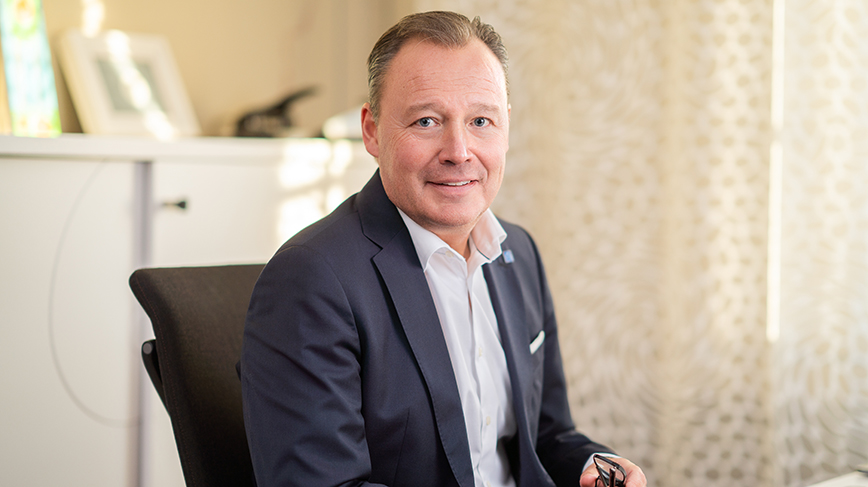Next step in the campus review

The campus review is moving into the next phase. On 31 May, the School of Industrial Engineering and Management and the School of Electrical Engineering and Computer Science submitted their SWOT analyses, defining the Strengths, Weaknesses, Opportunities and Threats involved in moving from Campus Södertälje and Kista to KTH Campus.
The campus review is moving into the next phase. On 31 May, the School of Industrial Engineering and Management and the School of Electrical Engineering and Computer Science submitted their SWOT analyses, defining the Strengths, Weaknesses, Opportunities and Threats involved in moving from Campus Södertälje and Kista to KTH Campus.
“Although the review of premises was initially triggered by economics, it’s just as much about the qualitative development of KTH’s research and education for the future,” says Mikael Lindström, Deputy President of KTH, who is heading up the review.
The broadly based analyses have looked at a range of different aspects, from personnel, research and infrastructure to first and second cycle education, the work environment, foundation year programmes and support services.
So, what are the main stumbling blocks?
“For Södertälje, data on student completion rates and the number of programme applicants there shows that moving could raise quality with a collective research and study environment at KTH Campus, for example.”
Loss of personnel and impact on the partnerships with Scania and AstraZeneca, as well as the cooperation with the Municipality of Södertälje, are some of the threats highlighted in the relocation analysis.
“It’s important that we look after our collaborations, and we’re keeping our partners up to date with regular meetings.”
As regards moving from Kista to KTH Campus and the various advantages and drawbacks, the work groups have looked carefully at issues such as finding room for all the students and employees, and what would happen with the Electrum Laboratory.
“There are currently a lot of empty rooms at KTH Campus, but this will come under closer review in the next stage. Electrum represents important infrastructure, but there might be other solutions available, for instance regarding the principal manager.”
How will staff and students be affected?
“We’re not clear on everything yet, but a change like this obviously creates some concerns and uncertainty, which of course get worse the longer the process takes. We’re therefore working as fast as we can so that the board can make a decision at the end of the year, based on our thorough analyses. As for students, we know that those currently being admitted to Södertälje and Kista may have to study somewhere else, and we’ll be making the situation clear in connection with the autumn admissions.”
What kind of time frame are you working on?
“The next two to three years, although for some premises we have slightly longer contracts.”
Have the work groups also indicated what the next stage might be?
“Yes, we’re now going to go into certain areas more deeply in line with the work groups’ suggestions, and everything will be compiled in a report to the President at the end of September.”
Text: Jill Klackenberg
Photo: Magnus Glans
